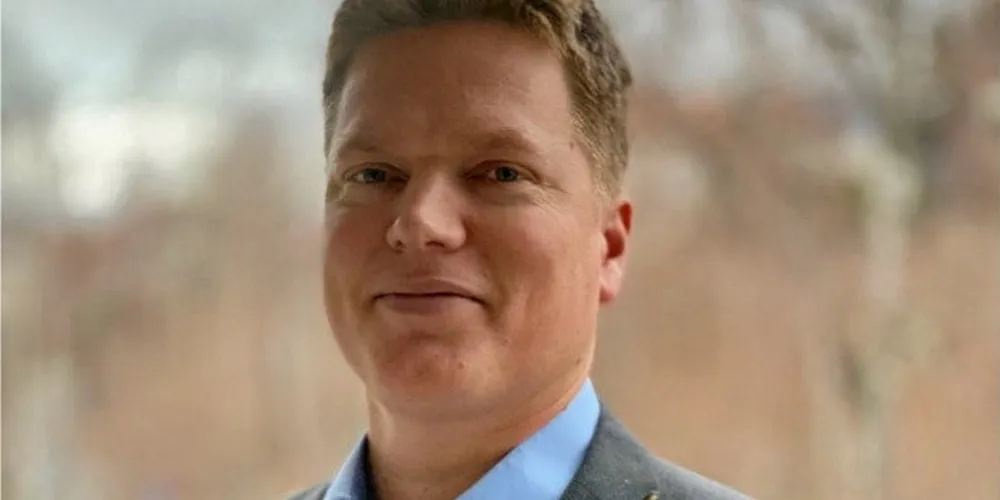'An integral part of offshore wind's future': WFO launches high-power hydrogen bureau
Industry body brings in DNV H2 and CCS lead Magnus Killingland to run committee focusing on Power-to-X value chain, financing, regulation and risks of hydrogen generation from wind-at-sea

The new bureau will concentrate on offshore wind ‘Power-to-X’ value chain optimisation; financing, business cases and regulation; and safety and risks, said WFO, with Killingland = giving guidance “on advisory and verification for de-risking investment decisions and the development of technologies and value chains” for hydrogen production including ammonia and e-fuels, and full-scale CCS.
“WFO and its members believe that hydrogen production from offshore wind creates tremendous new opportunities for the global industry,” said WFO managing director Gunnar Herzig. “We see green hydrogen production as an integral part of the offshore wind industry’s future.”
A big part of offshore wind-to-hydrogen’s economic allure is in the fact that the more hours per year that an electrolyser is working, the cheaper the hydrogen produced is. So renewables projects with high capacity factors that channel all their output to electrolysers are the best option for cost-effective green hydrogen.
Bottom-fixed offshore wind runs at around 50% – much higher than onshore – and floating wind, with an average capacity factor of 65%, better still, meaning it should be even more economic in the long run.